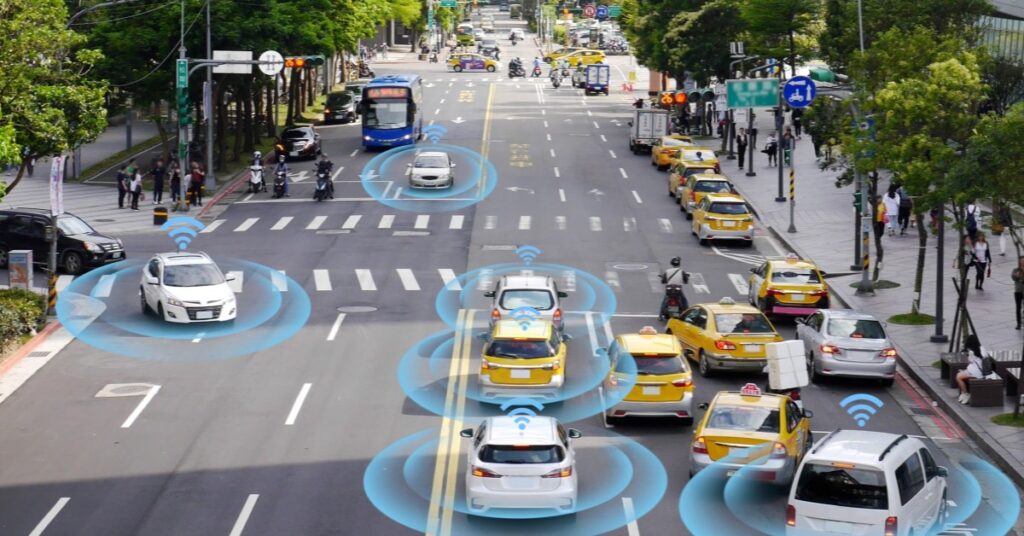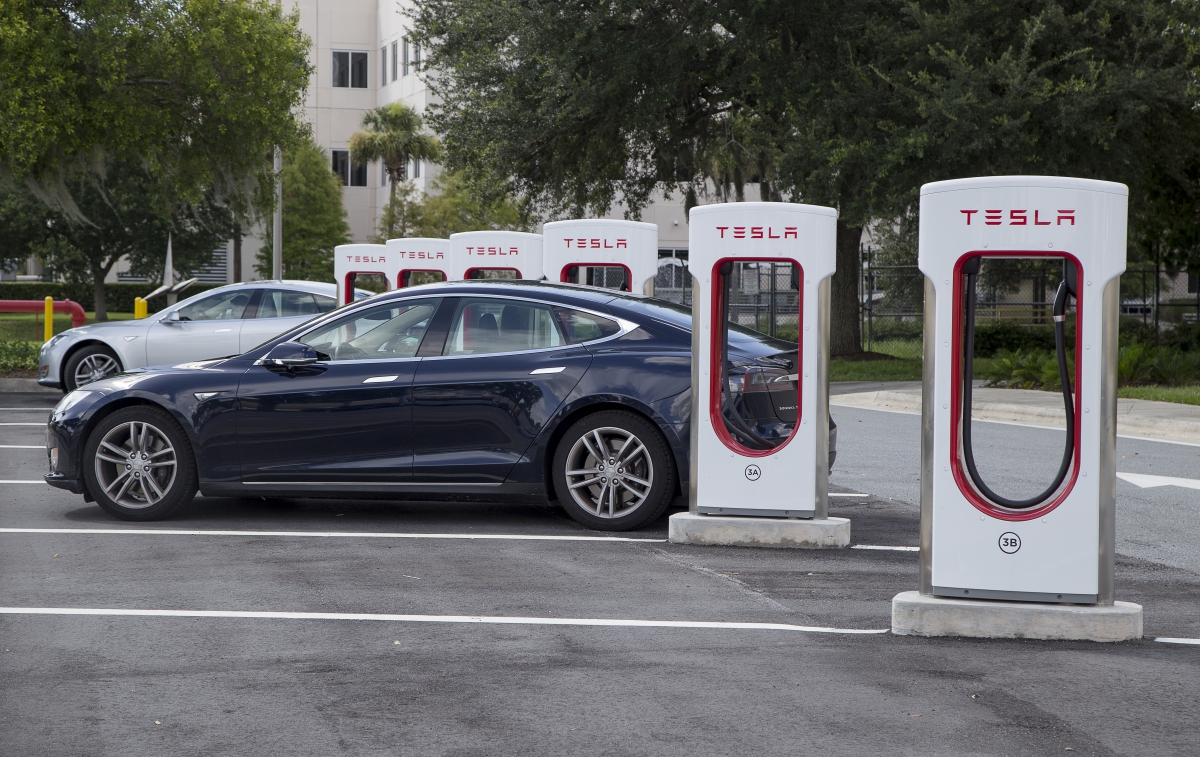
How Self Driving Cars Affected Road Safety in 2019
Chances are, you or a loved one has been involved in some form of car or truck accident within the past five years. Depending on the severity, a vehicle collision can drastically change your life in the blink of an eye. Steve Ray is a personal injury lawyer who has dedicated his life to serving others and helping victims of car accidents obtain justice. The trauma that a family or individual faces with the loss of a loved one from a roadway accident is something that no one should have to experience. With the rise of autonomous vehicles in recent years, there has been a trend toward creating safer highways and interstates. Have we reached a point where self-driving cars have really made the roads safer though?
In short, the answer is no. Not yet, at least. Right now, it is hard to put a number on the exact number of self-driving cars that are actually on the roadway. We do know that there are more than 80 companies across the U.S. testing autonomous vehicles in 36 states, and we also know that most major car manufacturers have rolled out some form of the assisted driving feature of various degrees.
Types of Autonomous Vehicles on the Road
There are five different levels of autonomous vehicles, ranging from level one of basic cruise control features to level five of full automation, which we have not yet reached. In 2019, companies such as Tesla and Audi sold driving systems in the level two and three range, where cars can self-drive on well-marked roadways in good weather conditions as long as there is still someone sitting in the driver’s seat and they are fully aware and ready to take the wheel at any minute. We expect these to become increasingly more popular and affordable moving into 2020, but they are still not infallible. In 2019, Tesla’s autopilot feature caused two fatalities on American roadways, with a potential third and fourth having just recently occurred in late December. It is still being determined if the Tesla involved in that collision was in autopilot mode.
2020 could be the year that we see level four autonomous cars take off, which do not require a passenger to ever have their hands on the steering wheel if they so choose. The company Waymo which was founded by Google currently has several level four cars cruising around major U.S. cities.
Because experts say that we are potentially ten years out from level five autonomous vehicles, it is important to look at the most common causes of vehicle-related fatalities and injuries and what level two and three autonomous vehicles could currently be doing to minimize those accidents.

How Autonomous Vehicles Can Help
Of the 37,000 car-related deaths that occur annually (roughly 100 per day) 30 percent are caused by drunk driving, and another 30 percent are caused by speeding. 22 percent are the result of weather and 16 percent are the result of distracted driving. Three of those four causes are the result of human-error, and even accidents that are reported as being caused by bad weather could also be influenced by speeding or distracted driving in some cases.
If you solely looked at the fact that level two and level three autonomous vehicles could be programmed not to speed, you could eliminate 30 percent of all vehicular related deaths in America once those vehicles became widespread and were driven in autopilot mode. Autonomous vehicles could also take out another third of those deaths by not allowing a vehicle to be fully-operated by an intoxicated driver. The remaining 16 percent of human error related accidents from distracted driving would be easy to cut down on in level three vehicles, leaving weather as the most dangerous remaining aspect of car transport.
Of course we are a long way out from seeing self-driven cars being the primary mode of transportation on American highways, and intoxicated drivers still can’t legally or safely get behind the wheel of a level two or three autonomous vehicle. However, you can see the potential for autonomous cars that are already available to consumers to drastically decrease roadway deaths in the immediate future.
When Self-Driving Cars Cause Fatalities
As stated earlier, there have thankfully only been two deaths in the past twelve months that involved Tesla’s autopilot feature. There was a more controversial death in 2018 that was caused by a self-driving Uber vehicle operating in level four autonomy.
Whenever there is a death, people want someone to blame. In the case of self-driving vehicles, the question arises of whether the finger should be pointed at humans or technology. The three main parties involved in the Uber fatality were the pedestrian, the person at the driver’s seat, and the vehicle itself. Is the pedestrian at fault for not being aware of their surroundings? Is the driver of the level four vehicle responsible for not taking control of the vehicle in time, even though he was expecting it to stop for any obstacles that may cross its path? Or is the vehicle responsible for being unable to correctly process the information that was in front of it? If that is the case, it may be that Uber is to blame for pushing a product into the market too quickly.
As you can see, accidents involving autonomous vehicles create an even larger legal mess. Because the production of self-driving cars is not slowing down any time soon, it is an unfortunate fact that we may see more incidents occur before the technology is perfected.
Although it is unlikely, it is possible that you could be the victim of an injury or loss of a family member due to an autonomous vehicle, even here in Northern Colorado. No matter the type of vehicle or technology involved in your accident, contact Steve Ray Law, where Steve has been serving Northern Colorado as a car accident attorney for over 40 years.

